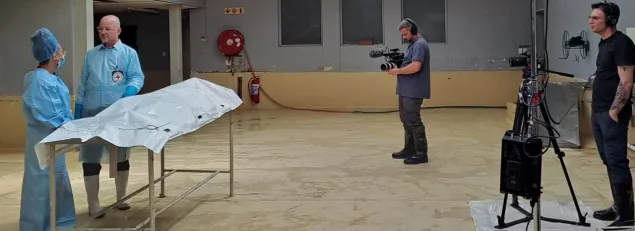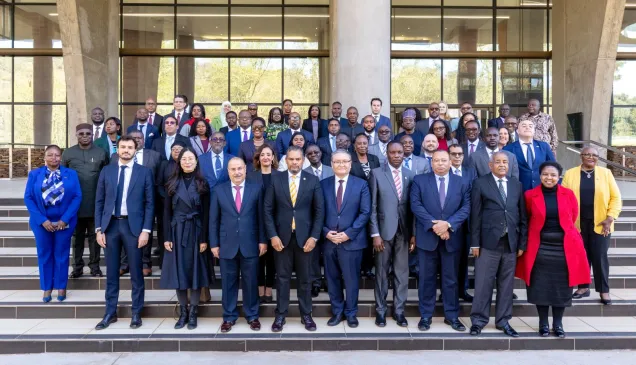South Africa: Forensic Human Identification in Mortuaries

The need for this training video arises from the lack of accurate statistics on the number of missing people in Africa or around the world. In fact, medicolegal assessments and engagement with forensic practitioners indicate the number of unidentified bodies admitted to mortuaries around the world at several hundred thousand, even millions. Reducing cases of missing persons by improving forensic identification of human remains in mortuaries is a priority for humanitarian institutions and organizations affected by this global catastrophe.
In times of armed conflicts, situations of violence, disasters, and other major crises, many missing person cases can be avoided. Unfortunately, a lack of identification systems and family exclusion hinder accurate identification. This calls for the development of practical solutions and sensitization of responders to a multidisciplinary approach that optimizes professionals’ skills for reliable identification. The examination of bodies at the mortuaries captures unique identifiers that can be stored sustainably.
To promote standardized best practices
The ICRC Regional Delegation in Pretoria, and the African Centre for Medicolegal Systems (ACMS) have created a training video known as the “Forensic Human Identification Examination in Mortuaries”. The video provides a step-by-step approach to identify dead bodies through various methods even after they have been buried.
The ICRC Regional Delegation in Pretoria has proven that systematic identification-focused examinations greatly improve the identification of dead bodies and thereby reduce missing person cases and improve the reporting system including with the families of the missing. Since 2015, the ACMS has worked with forensic authorities on a pilot project that improved the identification rate by 20 %. In 2023, the ACMS partnered with local universities and the Gauteng forensic pathology services in South Africa to produce a training video that captures this forensic identification process.

Stephen Fonseca and his assistant recording the training video
The 14-chapter training video brings to life the sequence of forensic procedures undertaken to capture all comparable personal identifiers by securing fingerprints, collecting a DNA sample, obtaining x-rays and dental features, and taking photographs that accompany detailed documentation of every unidentified dead body for future comparison. The training tool emphasizes the value of including various actors that collaborate to complement human identification examination that will assist authorities in securing an identification by seeking similar information about missing persons from their relatives.
Need for medicolegal death practices
The ACMS Manager, Stephen Fonseca based in Pretoria who oversaw the development of the training tool noted, “The training tool has been developed with the sole aim of equipping a wide range of actors including the Red Cross and Red Crescent volunteers, learning institutions, disaster managers, pathologists, police services and military personnel with medicolegal death practices. Also, the need for detailed, systematic identification procedures by forensic professionals to ensure reliable identification of the dead and to resolve missing persons cases.”
The forensic Human Identification Examination in Mortuaries training tool was developed with the support of the Swiss Embassy in Pretoria and LODOX Co from South Africa. The process was filmed by Indie Village Productions, and with the technical guidance of the ICRC RCRC Missing Persons Centre’s ACMS and ICRC Regional Delegation in Pretoria. We take the opportunity to warmly thank these partners for their commitments.



